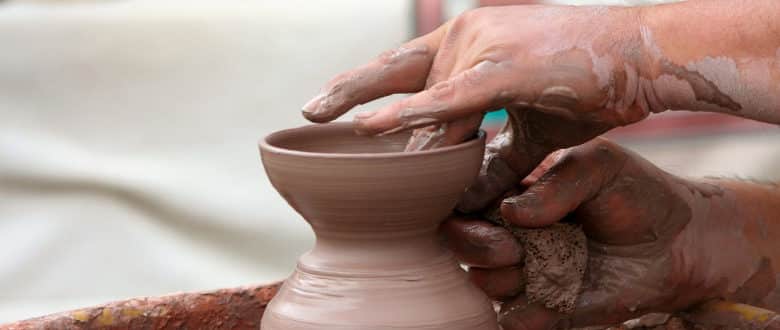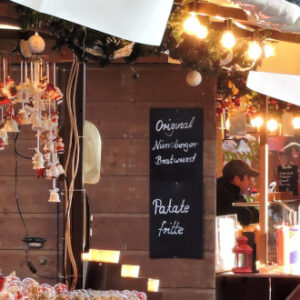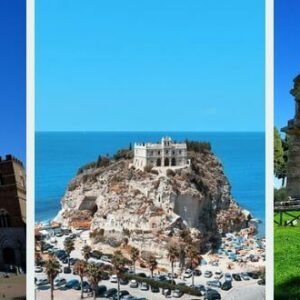Italian artisans are known for creating gorgeous handcrafted ceramics. Their pottery artworks are pretty different from one another because of the various regional traditions and mainly because they are made by hand.
Unlike industrial ceramics, where the manufacturing process is completely automated and done by large companies, handcrafted pottery is made by specialised artisans in their small but proud workshops. It’s all done by hand, from the first stage with the choice of clay type and modelling technique, up to the decoration at the end. This means that at least 90% of the handcrafted ceramics are unique pieces: even if they are reproducible, they will never be identical.
Here are five facts you probably did not know about Italian handcrafted ceramics!
1. Italy’s top cities of handcrafted ceramics
Many potters keep the art of ceramics alive around Italy! Forty cities are part of the Italian Association of Cities of Ceramics (AICC), which protects and enhances local ceramic production and culture. Among the top cities of handcrafted ceramics, there are:
- Montelupo Fiorentino near Florence in Tuscany, which became famous in the Renaissance as the pottery reference point for the wealthy and for developing the “Arlecchini” style.
- Faenza in Emilia Romagna, famous for its majolica and for introducing a new genre called “Bianchi di Faenza” in the mid-sixteenth century.
- Vietri sul Mare near the Amalfi Coast in Campania, famous for its ceramics with warm and Mediterranean colours.
- Caltagirone and Taormina in Sicily, famous for their pottery with vibrant colours, intricate patterns and swirling designs.
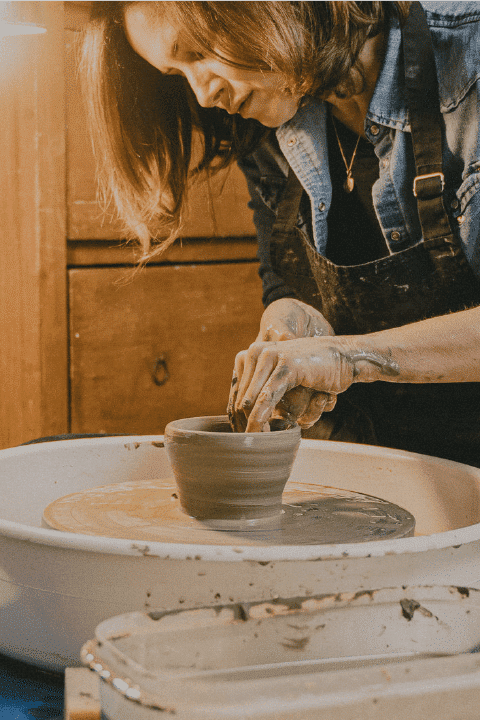
2. The difference between ceramic and porcelain
Ceramic or pottery is anything made of clay mixed with water and earthen elements to shape them into the desired forms. Ceramic is an inorganic, non-metallic material, ductile in its natural state and rigid after the firing phase. The main types of ceramics are terracotta, earthenware, majolica, stoneware and porcelain. Porcelain, therefore, is a particular, very refined type of ceramic.
3. What is the “tornio” or “ruota del vasaio”
In Italian, tornio means lathe, while ruota del vasaio means potter’s wheel. This was the old machine built in stone for clay modelling to give a regular shape to cylindrical ceramics such as vases, plates and centrepieces. The potter would place the clay stick on a wooden plate attached to the stone and make it rotate quickly by pressing on a foot pedal, shaping the clay with his hands. Today, modern lathes are similar to the ancient ones, but an electric motor generates the rotation of the upper plate.
4. Some pottery masterpieces were born from a macabre legend
You surely have seen the Graste, or the unique vases shaped like the Moor’s Heads (teste di moro in Italian). Caltagirone is famous for these ceramics produced since the times of Arab domination. According to an ancient Sicilian legend, they originated from a local girl who fell in love with a beautiful Moor. He reciprocated the feeling, but unfortunately, she found out he was already married and had children. Humiliated, she cut off his head with a sword while he slept and used it to create a kind of vase in which she planted basil, a symbol of love and passion.
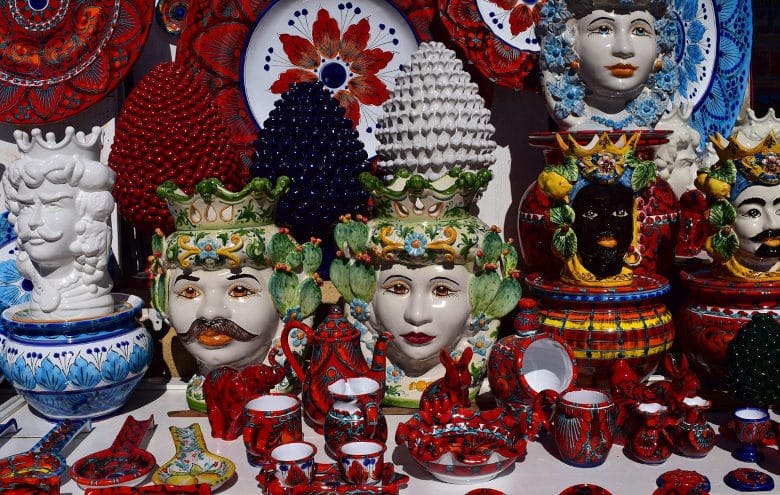
5. How long does it take to become a potter?
A true master potter never stops learning and experimenting. To become a good potter, you should know many clay working methods, raw materials and various ceramic firing techniques – not only in theory but mainly in practice. How long it takes to become a ceramicist depends on your personal predisposition and manual skills and where and with whom you learn. Studying handcrafted ceramics with an Italian master artisan in the best, most authentic and most rewarding experience!
Do you want to know more about our professional ceramics course in Italy?
Our one-year pottery course will give you the skills and vision required to start or enrich a professional career in the fields of ceramic crafts and design as:
- product designers;
- visual artists;
- entrepreneurs and contemporary artisans.
Sign up to our newsletter or contact us: we will be delighted to assist you by chat, telephone or email. You can also request a virtual meeting to meet us online.
Sources:
liberati.net
deliciousitaly.com

